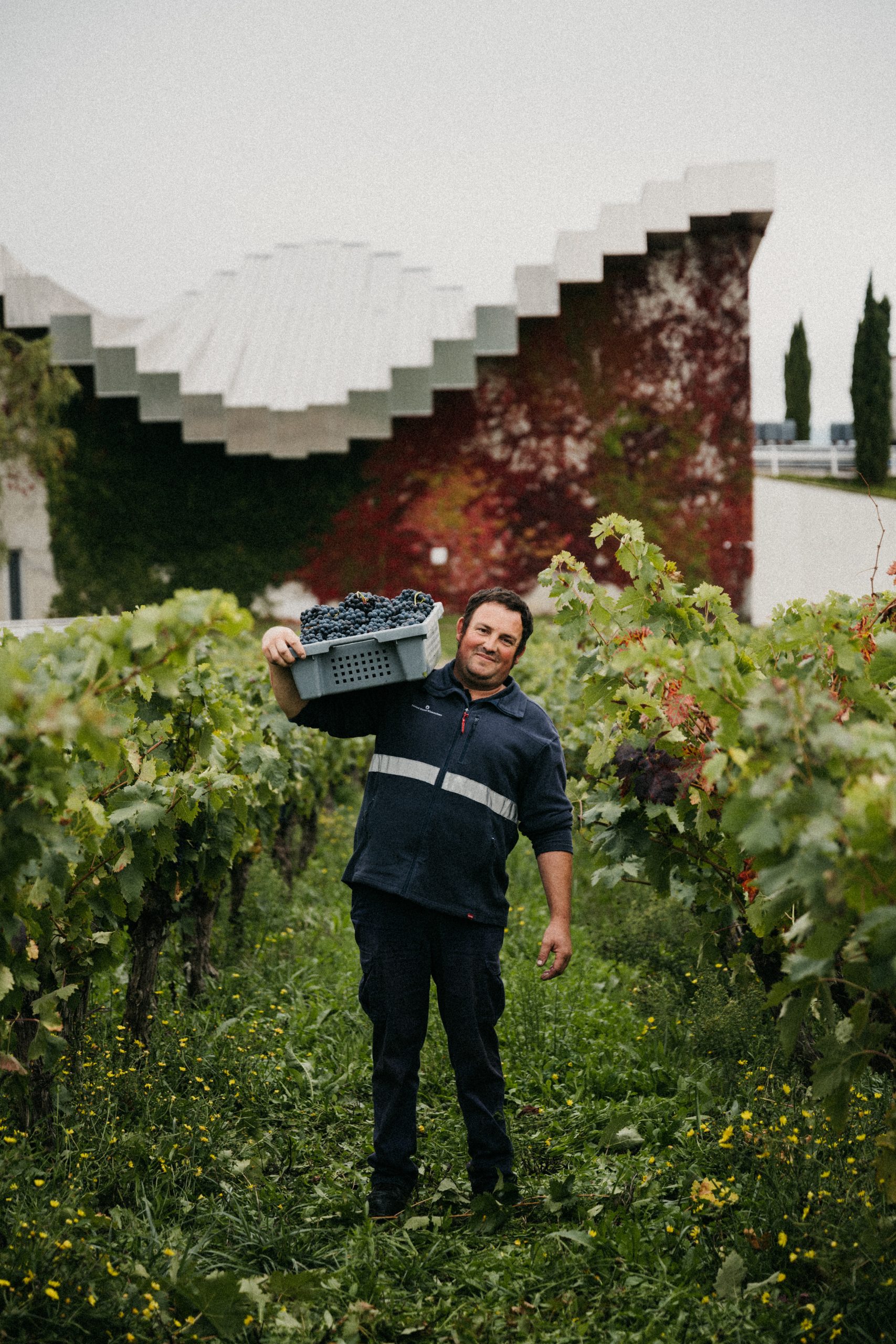Champagne still not fizzing in China
Champagne sales in China, the world’s fifth largest wine market, are still held back by consumers’ drinking habits, despite global sales of the prestigious sparkling wine contining to grow in both volume and value, a Comité Champagne official based in China told dbHK.
In 2015, value sales of Champagne globally rose by 5.5% to €4.75 billion and 2% to 312 million bottles compared with 2014, based on figures released by Comité Champagne. Meanwhile, its sales in China shrank to 1.3 million bottles in 2015, down from 2 million in 2012.
And in 2016 – although full figures from the Comité Champagne have not yet been released – sales of sparkling wines in China in general are likely to be tepid. Figures from the China Association for Imports and Exports of Wine & Spirits showed the country’s sparkling wine imports dropped 2.4% in volume and 9.5% in value in the first 11 months of 2016 compared with the same period in 2015.
“Normally, they do not like cold drinks – either because of bubbles or the acidity, while these are the main characteristics of Champagne,” Wang Wei, representative for the Comité Champagne office in Beijing, told dbHK, citing Chinese people’s drinking habits as the main challenge facing the wine.
Champagne, which is often associated with celebrations and holidays, is having a hard time tapping into China’s holiday sales market.
“In Chinese culture, Baijiu is still the main drink for Chinese holidays. People know about its different brands, types and value,” she explained, adding that overseas educated, younger consumers who are shunning high-alcohol spirits, could help popularise Champagne in the domestic market.
Partner Content
A bottle of non-vintage Champagne priced under 400 RMB (about US$58) off-trade generally moves fast in the market, she said. While for prestigious cuvées, “some people find them in Hong Kong or through other chains directly from abroad,” Wang continued, referring to un-taxed bottles, without commenting on the size of smuggled Champagne market.
Asked if she saw the growing presence of much cheaper Prosecco cornering Champagne’s market, Wang said, “if the whole sparkling wine market increases, Champagne sales will increase as well. As you know, Champagne only represents 10% of the total sparkling market in the world, there is place for each kind of wines.”
“The important thing is to let Chinese people be aware of the origin of Champagne, the quality and particularities of Champagne wine. A good phenomenon is that some Chinese wineries are beginning to make sparkling wines. When people know more about sparkling wine and are familiar with it, it is also a good opportunity for Champagne.”




